April 12, 1970, was the date for one of the most famous endurance sports car races. The race was run partly in heavy rain and became a showcase for one of the great car and driver combinations in motorsport history. Mexican driver Pedro Rodriguez and his Gulf-Porsche 917 thoroughly defeated the opposition in one the best drives of his storied career.
Pedro Rodriguez with JWAE Team Manager, David Yorke, during practice for the BOAC 1000 Km at Brands Hatch in 1970. Photo: Porsche Archives
In contrast to the race, the weather was dry for practice and qualifying. Chris Amon put his Ferrari 512 on the pole, with Jacky Ickx second fastest, showing that Ferrari was competitive on pace after having won the previous race at Sebring. For the Gulf 917 team of Rodriguez and Leo Kinnunen, there was a gearbox problem in practice. The team elected to move the car to the grass area ahead of the pits for more room to work (the pits being congested and the paddock too far away). The problem was with the linkage and connection where it went into the gearbox. Pictures show the team around the car with the right side transmission cooling duct removed. Rodriguez ultimately qualified seventh with Jo Siffert and Brian Redman fifth in the other Gulf 917. Vic Elford was third in another 917 for Porsche-Salzburg. The 3-liter Matra MS 650s were fourth and sixth in qualifying. The top seven cars were all within 1.4 seconds of each other on lap times. The rather short, twisty Kent circuit was not ideally suited to the 917, a car designed for high-speed tracks like Monza, Spa, and Le Mans. All the cars in the race wore special decals on the front fenders; a blue BOAC 1000 KM logo.
Jo Siffert in his Gulf-Porsche 917 during practice. Photo: Porsche Archive
Readers may notice that the Gulf 917s look a little odd in some photos from the race. The reason is that for part of the race, they ran on wheels that were only 9.5 inches wide in front, 12 inches at the rear. Firestone had recommended the narrow wheel approach to the Gulf team as it would make the cars easier to control in heavy rain. The Firestone wet tires were also thought to perform better than the Goodyears on the Salzburg Porsches, giving the Gulf team an additional edge. Ferrari ran on Firestone, so no difference there. JWAE Chief Engineer, John Horsman, noted that on lap 154, the team elected to change to intermediate versus full wet tires, the intermediates being the normal 10.5 and 15-inch widths.
Despite the gloom, a good crowd of 20,000 came out to see the biggest sports car race of the year in England. A cold (47 Fahrenheit/8 Celsius), steady rain fell in the hours before the race and right through the start. There was some debate among the officials about whether to start the race but Clerk of the Course Nick Syrett was determined to go ahead. An equally determined Vic Elford passed Chris Amon and Jacky Ickx in their Ferraris on the first lap, hoping for a few laps clear of the spray from other cars. Barrie Smith’s Lola T70 spun and crashed at the end of the first lap, at the start/finishing line. Smith was forced to start without regular rain tires on the rear because Goodyear ran short of tires in the needed size. It is possible that Pedro Rodriguez passed another car in the yellow flag area but also it is likely he was unable to see the yellow flag due to the spray. Most of the drivers agreed it was possible to have missed the flag the way it was initially displayed.
Porsche Archive candid of Pedro Rodriguez.
Syrett took over the waiving of the yellow and became upset with Rodriguez’s speed and proximity on the next two laps as the marshals attempted to move Smith’s car safely off track. He then elected to show Pedro the black flag, which Rodriguez ignored for two additional laps. Syrett then advised John Wyer that Pedro would be disqualified if he didn’t come into the pits. Pedro finally came into the pits (on lap six) on the signal from his team. In The Autobiography of 917-023, author Ian Wagstaff quoted Rodriguez’s lead mechanic, Alan Hearn, on what happened next: “Pedro then came tearing down the pit road and I was assigned to open the driver’s door when he stopped. Syrett was hovering right behind me. As soon as I opened the door I could see from his blazing eyes that Pedro was not happy. Straight away, Nick dived in the cockpit with his head well down and proceeded to have a right go at him for dangerous driving, a real tongue lashing. Pedro just kept staring straight ahead, not looking at Syrett until he was finished, which took about 20 to 30 seconds. I could see he was fuming. All this time the engine was running. As Syrett stepped away from the car I quickly shut the door. Pedro revved like mad, spun the rear wheels and shot off down the pit road at a very rapid rate. We were lucky we didn’t get our toes taken off…..”
Syrett was an imposing figure, standing over six feet tall and well over 200 pounds. All the witnesses agreed that Pedro sat impassively, but with a building fury, not making eye contact while Nick gave his finger-wagging lecture. Pedro later told John Wyer that he did not see the yellow flag and did not feel he was driving unsafely. After the lecture, Pedro rejoined the race almost a full lap behind the leaders. Syrett had unknowingly set the stage for one of the all-time great drives but he also told Wagstaff that the “telling off” continued after the race on the lap of honor!
Vic Elford led the early laps until he was caught and passed by another acknowledged rain-master, Jacky Ickx. However, Ickx had to pit on lap eight with wiper problems. Rodriguez was already on a furious charge through the field and was up to third place on lap 15. Amon’s Ferrari was running in second place and Chris forced his way past Elford on lap 16 to lead briefly. Pedro passed Elford on lap 18 and set off after the Ferrari. On lap 20, Pedro charged out of Clearways, pulling alongside at start/finish and splashed by Amon in the Paddock Hill bend for the lead.
Siffert was delayed on lap three by a puncture of the left rear tire. Jo and Brian eventually held station, alternating between second and third place until Redman crashed on lap 177. The accident happened at Westfield bend as Brian was pushed off the road by Amon’s Ferrari. Because the car hit a bank while traveling backward, the rear bodywork was pushed over the top of the car, trapping Redman inside. The marshals eventually extricated the driver who made his way back to the pits, wet and muddy, from the farthest point on the track. Brian had expressed some concerns about the safety aspect of the 917. He related the story of this accident and subsequent discussion with Porsche’s Dr. Bott to the writer in 2009:
“I was lying second (when) I got tapped by Chris Amon in the Ferrari 512 and it spun me. I went into a banking and I couldn’t get out because the tail came up over the roof. Anyway, I’d been complaining to Porsche engineering, to Herr Bott in particular, about why did Porsche build these aluminum space frame chassis when everybody else had monocoques or semi-monocoques. The Kurt Ahrens car had broken in half across the cockpit, the John Woolfe car had broken in half across the cockpit. So, when I got back to the pits, it’s raining, I’m muddy, and Herr Bott says: ‘Brian, are you okay?’ I said ‘yes, thank you, Herr Bott.’ He then said, ‘Now you see the 917 is a very good car to have a crash in!’
The possible consequences of a fire in this type of crash may have been lost on the soggy Dr. Bott at that moment. Brian’s references are to the fatal crash of John Woolfe at Le Mans in 1969 and Kurt Ahrens’ crash at the Volkswagen test track just six days before the Brands Hatch race.
Leo Kinnunen in 917-016 during practice. Photo: Porsche Archive
By lap 50, Rodriguez’s lead was over a minute and a half on the field. By the two-hour mark, he was able to put Elford a lap down for the first time. Both Elford and Rodriguez had spins of their own in the appalling conditions but were able to get back on track. Approaching three and a half hours, Rodriguez stopped for the mandatory driver change, Kinnunen taking over for 38 laps. After about four hours, the rain eased off and the track began to dry some. Like Rodriguez, second-place driver Elford drove nearly six hours out of a 6 hour, 45-minute race. Elford’s co-driver, Denny Hulme, was never a fan of driving in the wet and he gladly deferred to the ex-rally man. For the record, the winning car (917 Chassis 016) covered the 235 laps in 6 hours, 45 minutes, 29.6 seconds. In all, Rodriguez lapped the field five times. John Horsman noted in his book that the fans delighted in Pedro’s masterful work, staying to the end of the race despite the miserable conditions.
Pedro Rodriguez sliding through the wet and gloom of April 12th, 1970. Photo: This image was graciously provided by the Mike Hayward collection, a specialist library of classic British motorsport photographs and is available for purchase as a print here: www.mikehaywardcollection.com.
Many superlatives have been offered over the years about Rodriguez’s drive. David Hobbs, who watched from the Gulf team pits was on hand as a reserve driver in case Brian Redman didn’t make it back from the Le Mans test weekend in time for the race. Hobbs recalled: “There was never anything similar to Pedro that day in Brands Hatch; it was the greatest performance I’ve seen.”
Brian Redman said: “Pedro, no doubt, became someone different after the incident in Brands Hatch. From then on, his stature in the eyes of others grew impressively. We all knew how good he was, but that day, the whole world took notice.”
Vic Elford wrote: “Both Jacky Ickx and I were acknowledged wet-weather drivers, but neither of us had an answer to Pedro that day. He simply trounced everyone.”
From Richard Attwood: “I would challenge anyone to drive a car as fast as Pedro did that day. Jim Clark, had he been alive, or any other you could name, in fact, nobody could have equaled Pedro that day.”
In 2013, Alain de Cadenet, who drove a Porsche 908 in the race, wrote: “No racer, before or since, could fail to have felt proud of Pedro that day at Brands.”
John Horsman in 2014 said simply: “It was the right car on the right tires with the right driver.”
Ian Wagstaff quoted Rodriguez’s companion Glenda (Fox) Foreman: “I think Pedro was almost in awe of himself that day…”
Interestingly, the Gulf Team headmaster, John Wyer, thought that Pedro’s performance at the Osterreichring in 1971 surpassed the more famous Brands Hatch race. In his book, ‘The Certain Sound’, he said the race in Austria was “without question” the greatest race Pedro ever drove. Perhaps the spectacle of racing in the rain (which became the title of John Horsman’s book) at Brands Hatch better captured the popular and historical imagination. Also, there is a good film documenting the 1970 race at Brands Hatch – enjoy the 50th anniversary and see for yourself: https://www.youtube.com/watch?v=K0YCGF3ncEY
Thanks to Porsche Archive for the use of their photos. Special thanks to Mike Hayward for the use of his photo from www.mikehaywardcollection.com. Jay Gillotti’s book, “Gulf 917” is available from Dalton Watson Fine Books – www.daltonwatson.com.


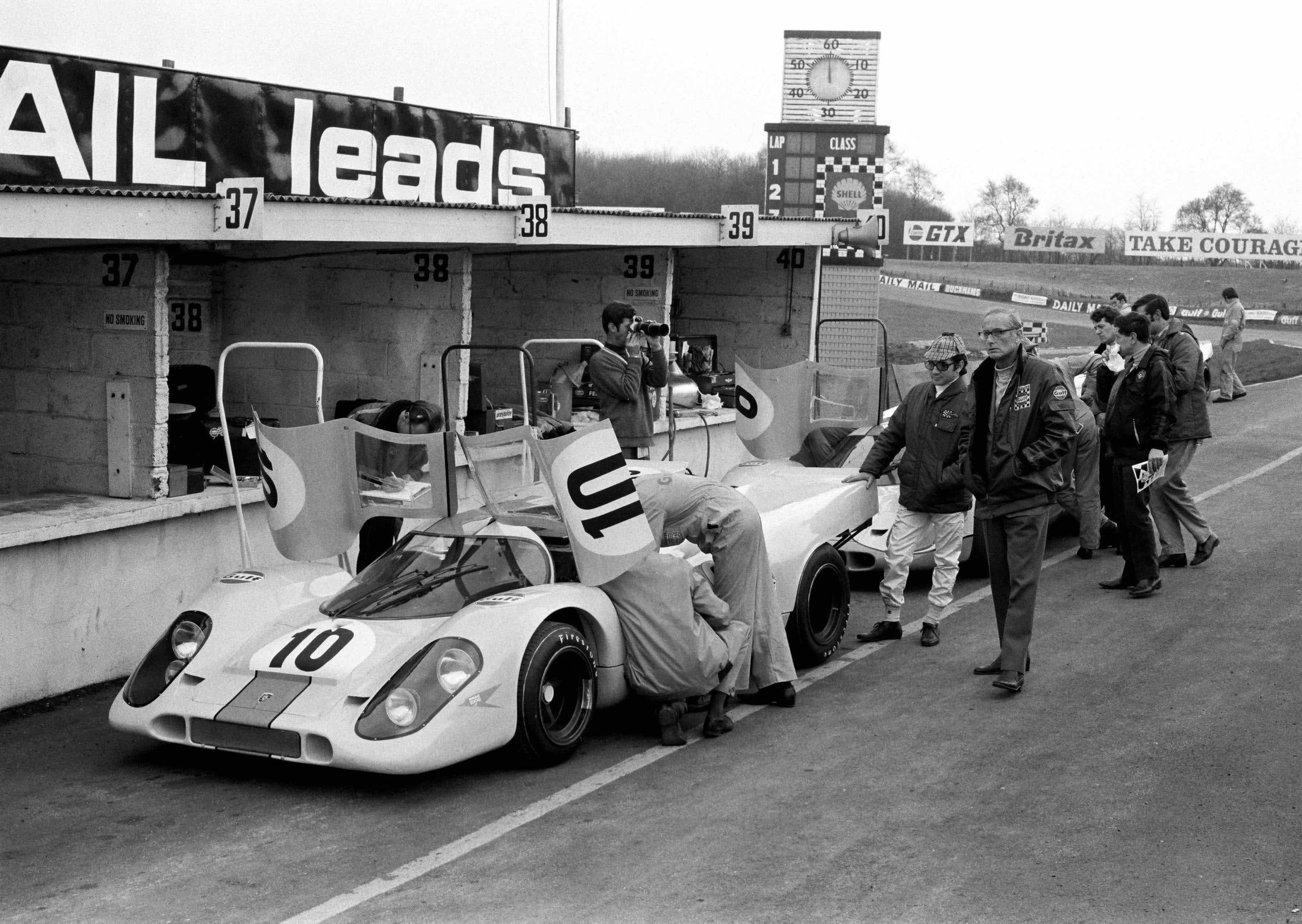
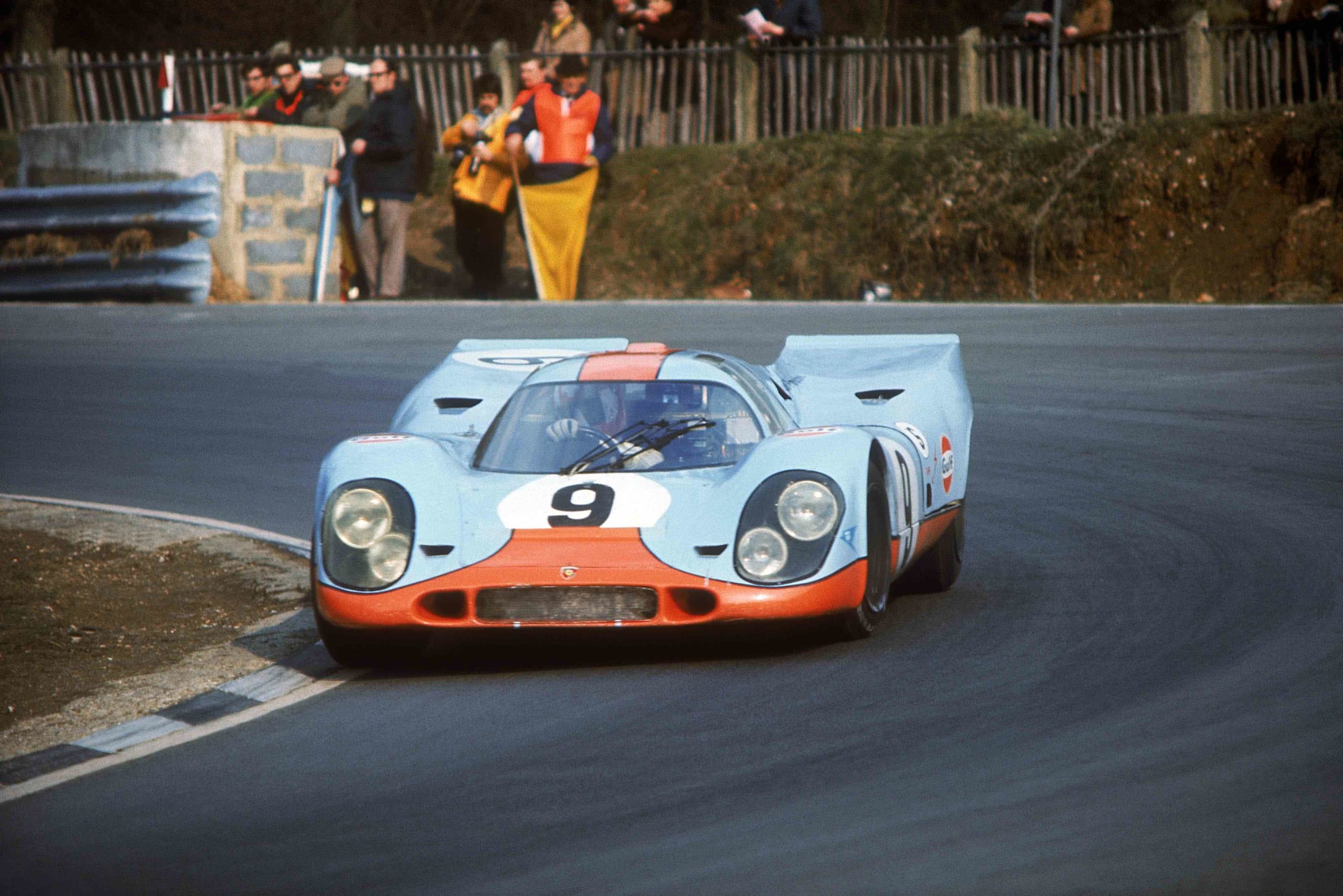
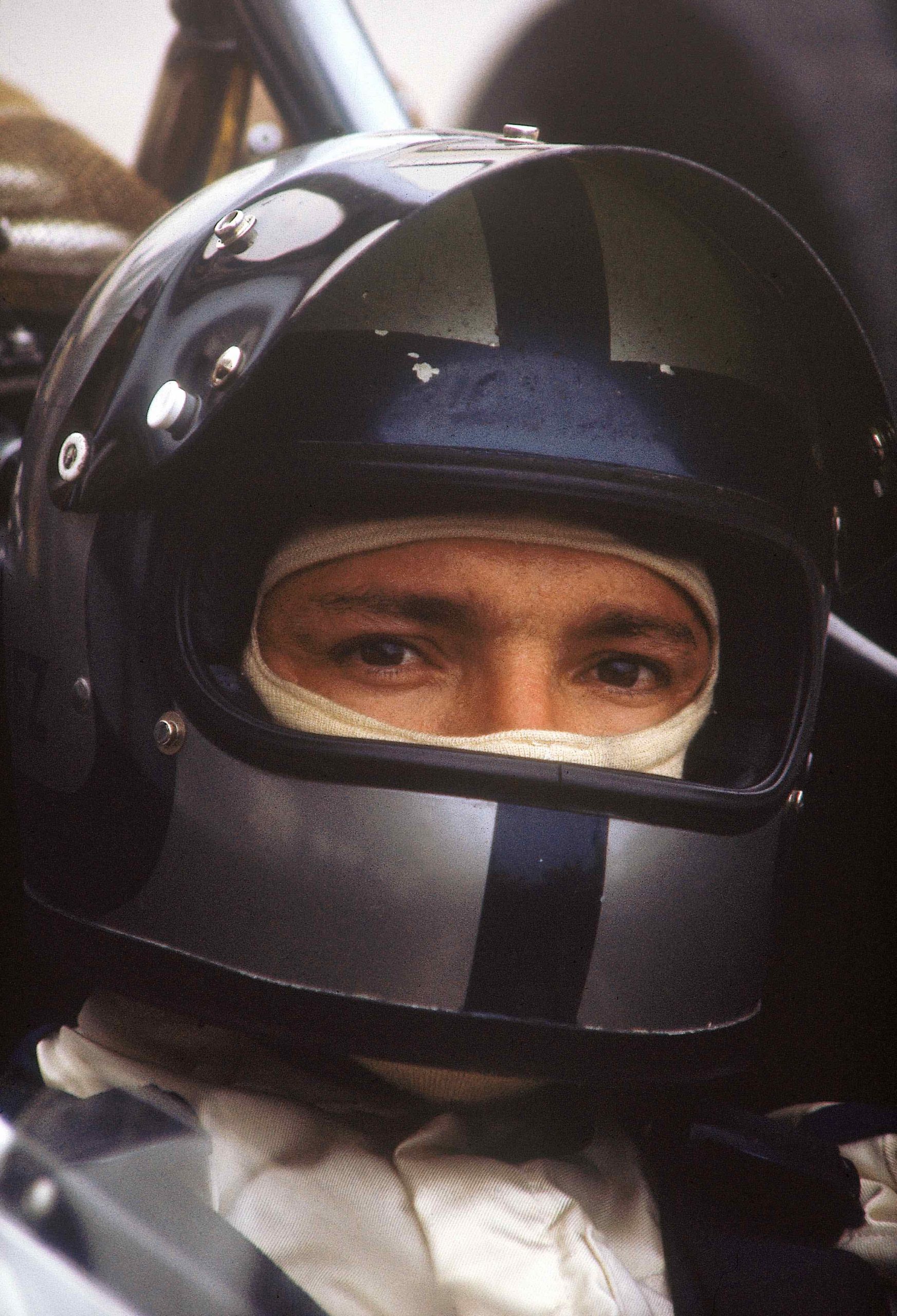
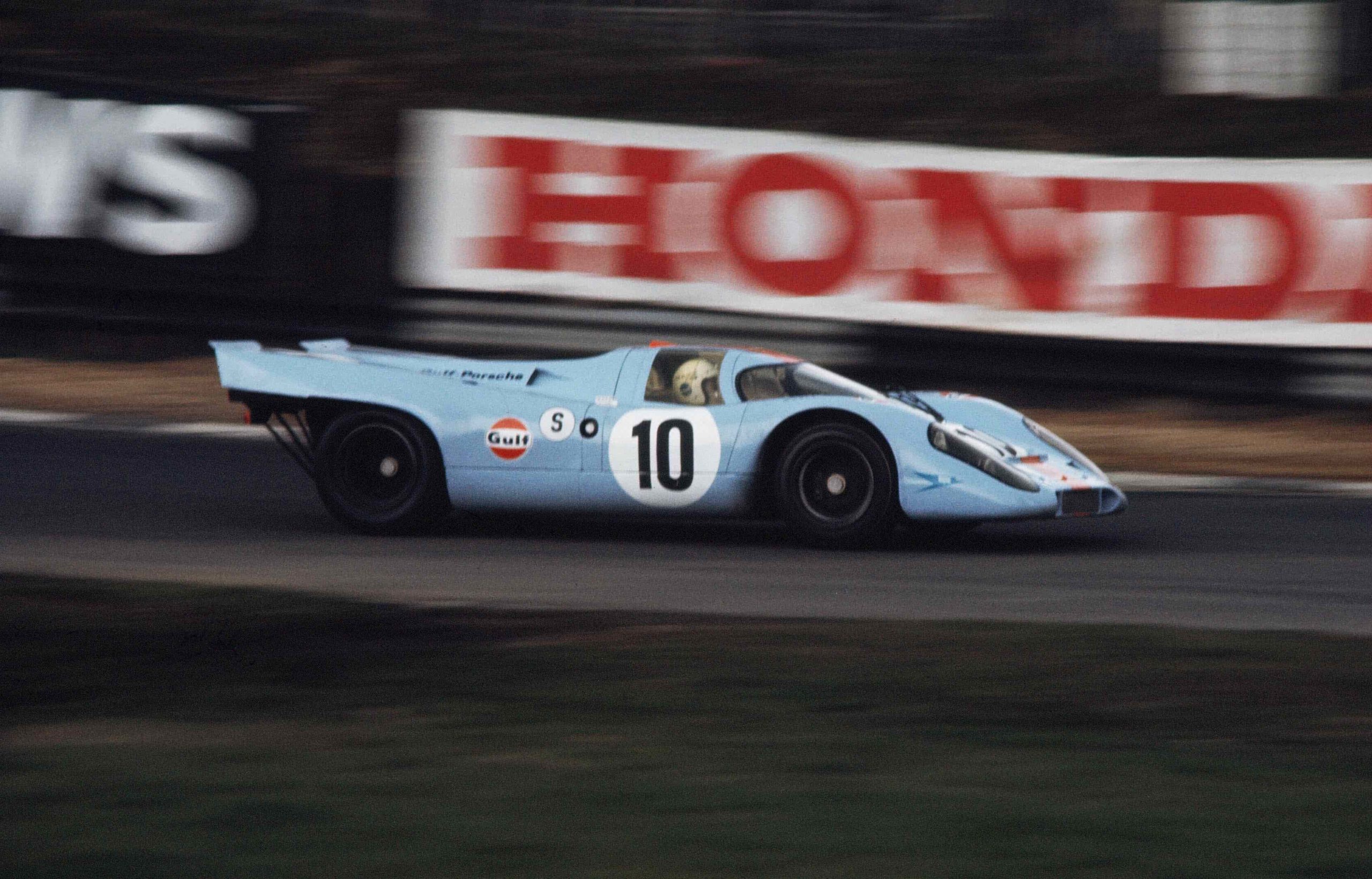
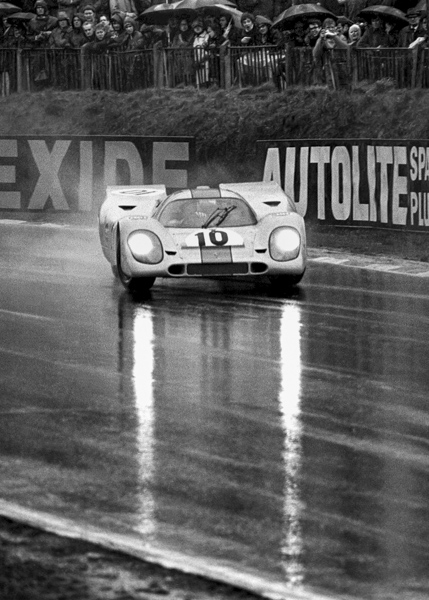
Thanks Mitch, so cool👍
Thanks for this excellent and detailed article. Pedro was a wonderful driver. He also won Le Mans and Daytona and three F1 Grand Prix. Congratulations
2 F1 Grand Prix and 1 non-Championship race at Oulton Park.
[…] International Motor Racing Research Center touts the combination of a Gulf liveried Porsche 917 and the magnetic driver Pedro Rodriguez as […]
[…] International Motor Racing Research Center touts the combination of a Gulf liveried Porsche 917 and the magnetic driver Pedro Rodriguez as […]